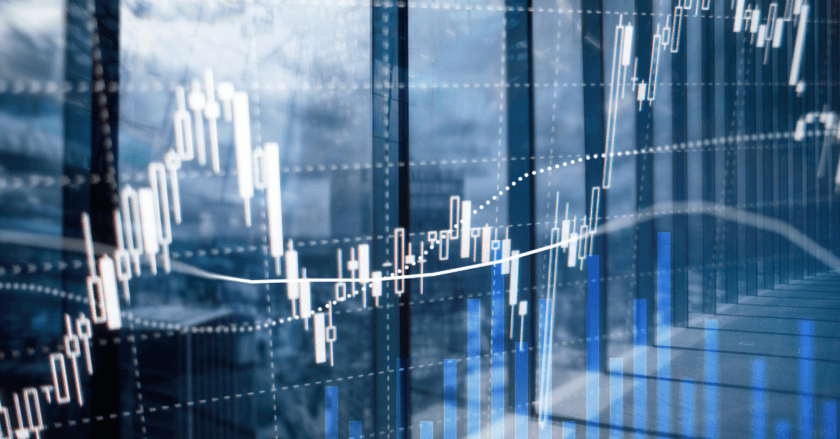One of the greatest features of the foreign exchange market is that it is open 24 hours a day. This allows investors from around the world to trade during normal business hours, after work or even in the middle of the night. However, not all times are created equal. Although there is always a market for this most liquid of asset classes, there are times when price action is consistently volatile and periods when it is muted. What’s more, different currency pairs exhibit varying activity over certain times of the trading day due to the general demographic of those market participants who are online at the time. In this article, we will cover the major trading sessions, explore what kind of market activity can be expected over the different periods, and show how this knowledge can be adapted into a trading plan.
Contents
Breaking a 24-Hour Market into Manageable Trading Sessions
While a 24-hour market offers a considerable advantage for many institutional and individual traders, because it guarantees liquidity and the opportunity to trade at any conceivable time, it also has its drawbacks. Although currencies can be traded anytime, a trader can only monitor a position for so long. This means that there will be times of missed opportunities, or worse – when a jump in volatility will lead the spot to move against an established position when the trader isn’t around. To minimize this risk, a trader needs to be aware of when the market is typically volatile and decide what times are best for his or her strategy and trading style.
Traditionally, the market is separated into three sessions during which activity peaks: the Asian, European and North American sessions. More casually, these three periods are also referred to as the Tokyo, London and New York sessions. These names are used interchangeably, as the three cities represent the major financial centers for each of the regions. The markets are most active when these three powerhouses are conducting business as most banks and corporations make their day-to-day transactions and there is a greater concentration of speculators online. Now let’s take a closer look at each of these sessions.
Asian Session (Tokyo)
When liquidity is restored to the forex (or, FX) market after the weekend passes, the Asian markets are naturally the first to see action. Unofficially, activity from this part of the world is represented by the Tokyo capital markets, which are live from midnight to 6 a.m. Greenwich Mean Time. However, there are many other countries with considerable pull that are present during this period including China, Australia, New Zealand and Russia, among others. Considering how scattered these markets are, it makes sense that the beginning and end of the Asian session are stretched beyond the standard Tokyo hours. Allowing for these different markets’ activity, Asian hours are often considered to run between 11 p.m. and 8 a.m. GMT.
European Session (London)
Later in the trading day, just before the Asian trading hours come to a close, the European session takes over in keeping the currency market active. This FX time zone is very dense and includes a number of major financial markets that could stand in as the symbolic capital. However, London ultimately takes the honors in defining the parameters for the European session. Official business hours in London run between 7:30 a.m. and 3:30 p.m. GMT. Once again, this trading period is expanded due to other capital markets’ presence (including Germany and France) before the official open in the U.K.; while the end of the session is pushed back as volatility holds until the London fix after the close. Therefore, European hours are typically seen as running from 7 a.m. to 4 p.m. GMT.
North American Session (New York)
By the time the North American session comes online, the Asian markets have already been closed for a number of hours, but the day is only halfway through for European traders. The Western session is dominated by activity in the U.S., with a few contributions from Canada, Mexico and a number of countries in South America. As such, it comes as little surprise that activity in New York City marks the high in volatility and participation for the session. Taking into account the early activity in financial futures, commodity trading and the concentration of economic releases, the North American hours unofficially begin at noon GMT. With a considerable gap between the close of the U.S. markets and open of the Asian trading, a lull in liquidity sets the close of New York exchange trading at 8 p.m. GMT as the North American session closes.
